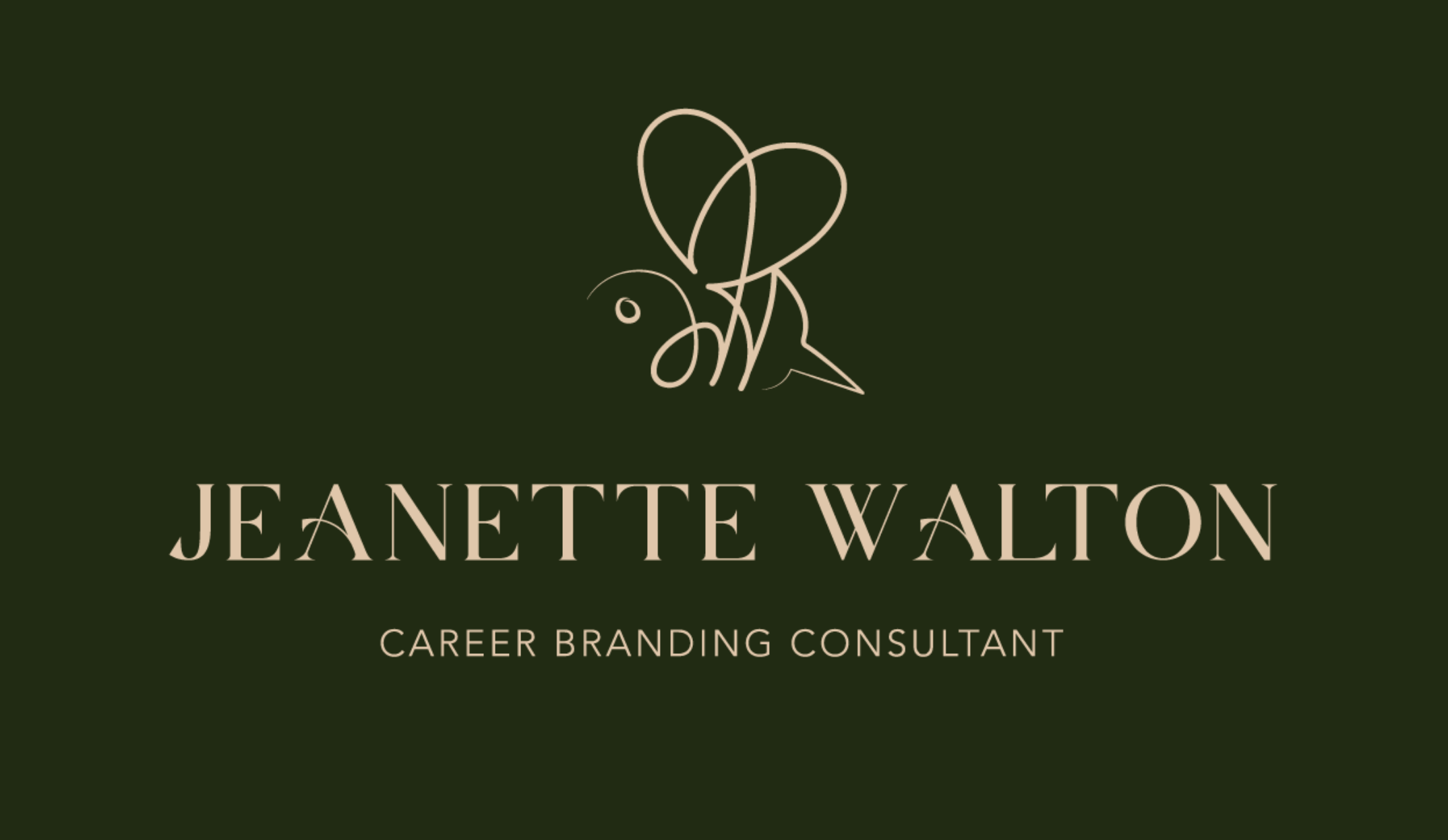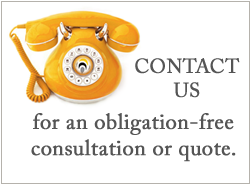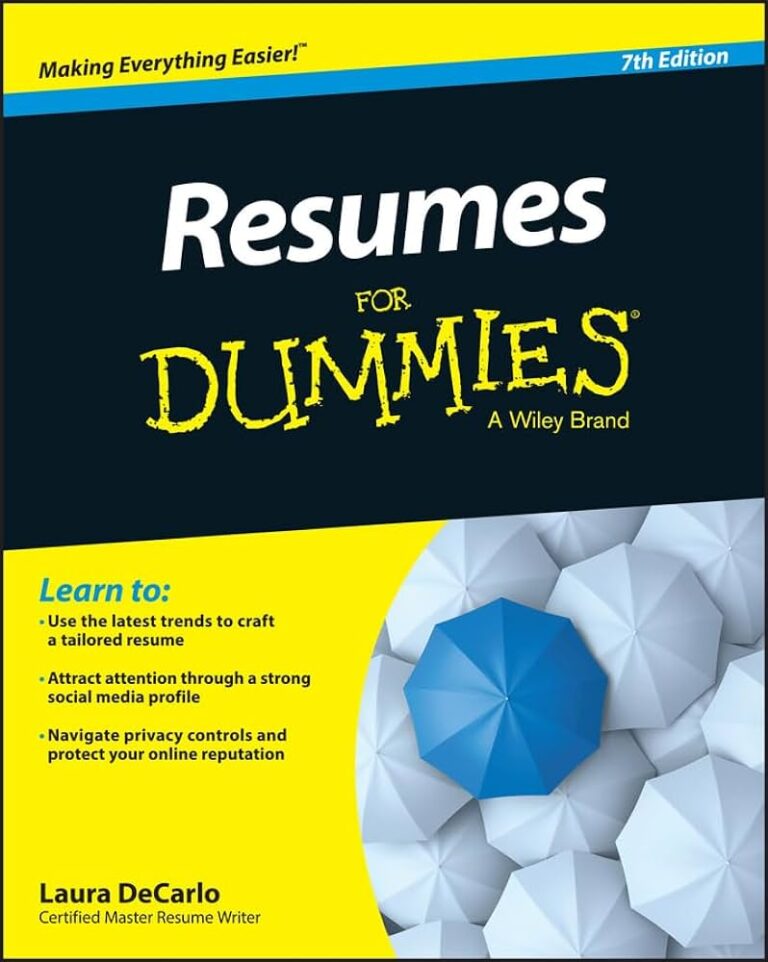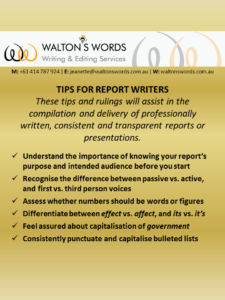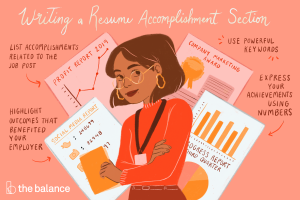 Following on from my recent blog about the importance of achievement based career documentation (resume, LinkedIn profile, etc.), be sure to showcase those that will be of particular benefit to prospective employers. This may mean adapting your existing job achievement lists to better suit the role you’re applying for (keywords, etc.), or to come up with others that better match the job ad or position description.
Following on from my recent blog about the importance of achievement based career documentation (resume, LinkedIn profile, etc.), be sure to showcase those that will be of particular benefit to prospective employers. This may mean adapting your existing job achievement lists to better suit the role you’re applying for (keywords, etc.), or to come up with others that better match the job ad or position description.
Either way, always keep in mind that your achievements are what will set you apart from other candidates – they will individualise and validate your skills and expertise.
“If you can’t get comfortable talking about yourself and your accomplishments, you are not giving yourself the best shot at the opportunities that you deserve.” (biginterview.com)
Apply the STAR approach
The STAR (situation, task, action and result) methodology is often used to write selection criteria responses, but also has relevance for listing achievements in resumes, etc. It is an ideal way to consider any challenges and issues you’ve effectively overcome (or even learnt from) throughout your employment history, including as a team member. And to consider how these would align with the core job capabilities the recruiter and prospective employer are seeking. For example, at a previous employer (situation) is there a new system or process you helped implement, or a risk you helped overcome (action), and what were the key benefits (results).
Integrate your professional strengths
Think about what you’re particularly good at in your career, whether that’s planning, communicating, problem-solving or organising, and then consider examples of where you’ve showcased these capabilities. Maybe you took on a project – big or small – that helped the company to move forward with its overarching strategic objectives. What contributions did you make that helped to ensure a positive outcome. Or maybe you went above and beyond for a customer, and received acknowledgement from them and/or your employer. What customer service strengths did you apply and what was the outcome for the customer and maybe for you (e.g. Employee of the Month Award).
Highlight the how, why and what
As much as possible, include quantitative results in relation to your achievements, such as cost reductions, productivity increases, revenue growth, satisfaction ratings. Also consider how and why the achievement occurred. Briefly explain to the recruiter what was done to attain that noteworthy outcome, using every opportunity to align your content with the job and employer needs and specifications. Pinpoint and leverage your ‘greatest hits’ of career achievements, to confirm what you can (and will) do for your next employer.
___________________________________________________________________
If you’ve been considering a change in career direction and/or increasing your future job opportunities, it may also be time to consult a professional resume writer. From spicing up a LinkedIn profile to overhauling a resume and adding an often-critical cover letter, to writing up selection criteria attuned responses, Walton’s Words thrives on creating career documentation that helps you to stand out. Give us a call or drop us a line if you would like to discuss your resume writing needs further.
